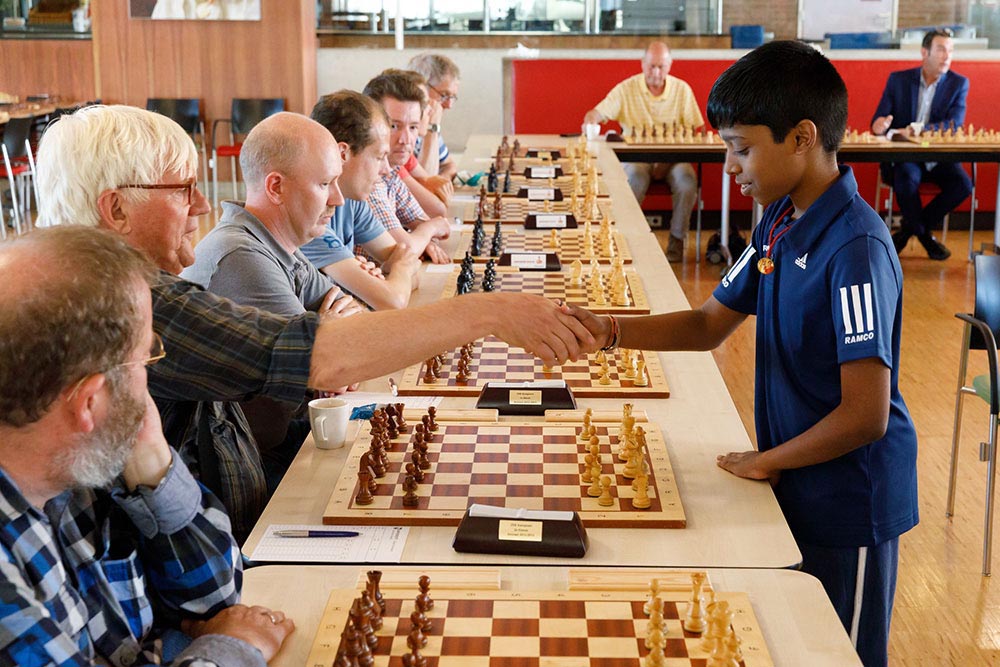In 2005 when he retired from active competition, Russian Grandmaster and World Chess Champion Garry Kasparov was the highest-ranked player in the world. Owing to his spectacular accomplishments, which captivated the imagination of the public far and wide, Kasparov was generally believed to be the greatest chess player who has ever lived. That belief still resonates with the public to this day.
So, when we learnt that Kasparov was emerging from a 12-year retirement to compete in the St Louis Rapid and Blitz Tournament, we were excited. We were brimming with anticipation. We wanted to witness what the champ had to offer.

